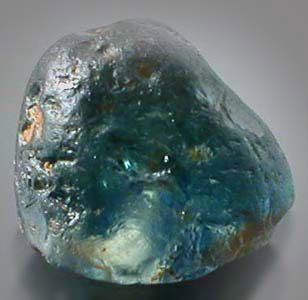
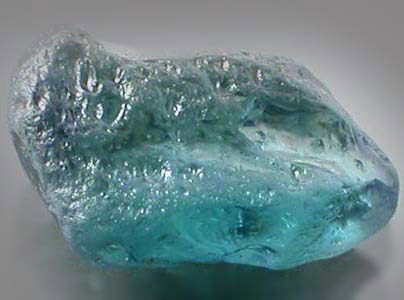
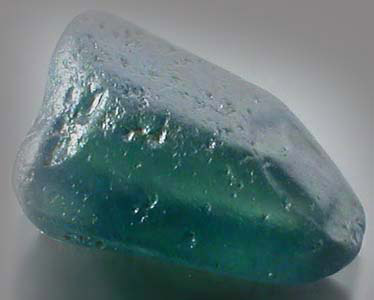
CORNFLOWER BLUE TO NAVY BLUE



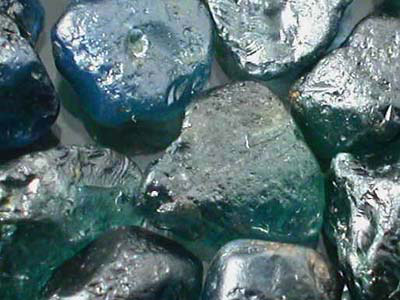
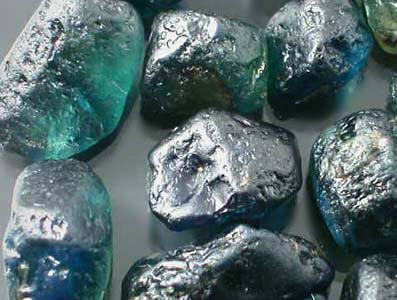
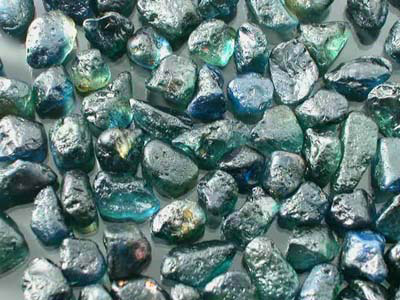
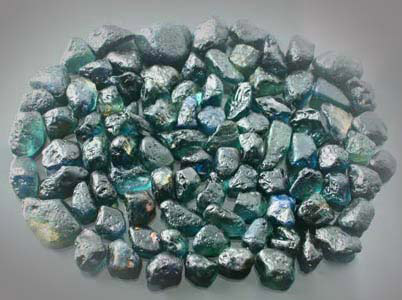
| COLOR: | Cornflower Blue, Kashmir Blue, Royal Blue, Navy Blue, Midnight Blue, Greenish Blue, Lime Green, Bluish Teal | |
| CLARITY: | Will cut eye-clean to slightly included for the most part (65%+ High Facet Grade) | |
| ORIGIN: | Mambila Plateau, Nigeria | |
| SIZE: | Stones range in size from Approximately .84 to 6.24 Carats (1.54+ Carat Average) | |
| WEIGHT: | 137.50 Carats (89 Pieces) | 27.5 Grams |
| PRICE: | $206.25 ($1.50 Per Carat / $7.50 Per Gram) | |
| DESCRIPTION: |
Super Cornflower Blue to Navy Blue Sapphire Faceting Rough from Mambila, Nigeria! This material is from a new location in eastern Nigeria. This region, Mambila, has been producing Sapphires for some time and they have surfaced laced in Kaduna Sapphire Lots; however, we haven't encountered the material in the past sold under Mambila material in a single lot. The material is distinct from the Sapphire we are typically use to seeing from Nigeria. The material overall is almost entirely alluvial and usually very dark; however, the interior of the material looks very electric and is reminiscent of some of the Songea Sapphires we have seen in the past. As a whole quite a few of the stones are dark; however, the few stones that are clearly open just have the most amazing color. We are confident that with faceting many of these stones will open up into some spectacular finished gemstones! The material is running roughly 65% or so high to top facet grade. This is one of the best values we currently have up and we are confident that our prices will not be matched on this material as most Nigerians in Nigeria are charging $20+ per gram for trashy Sapphire! As a whole the material is generally a Royal to Dark Kashmir Blue with many stones having the Greenish overtone down one axis and some stones having color banding common for Corundum. We have NEVER seen this material in the market previously and we don't really anticipate on getting more so don't miss your chance to pick this up. |
|
| COOL FACTS: |
|
|